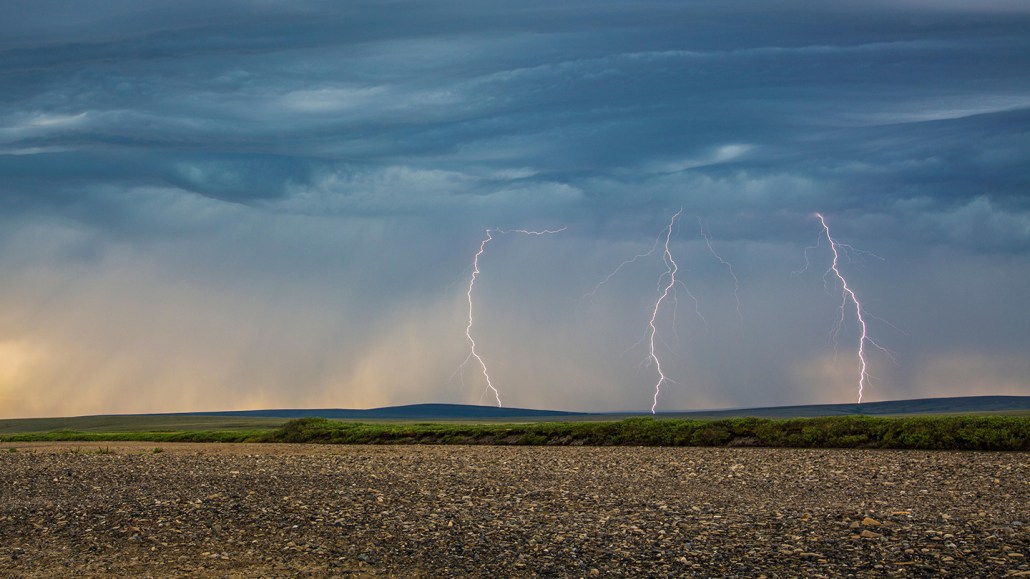
Lightning crackles during a storm in northwestern Alaska. A global network of lightning sensors indicates that thunderstorms in the Arctic may be getting more common as the world warms.
Design Pics Inc/Alamy Stock Photo

Lightning crackles during a storm in northwestern Alaska. A global network of lightning sensors indicates that thunderstorms in the Arctic may be getting more common as the world warms.
Design Pics Inc/Alamy Stock Photo